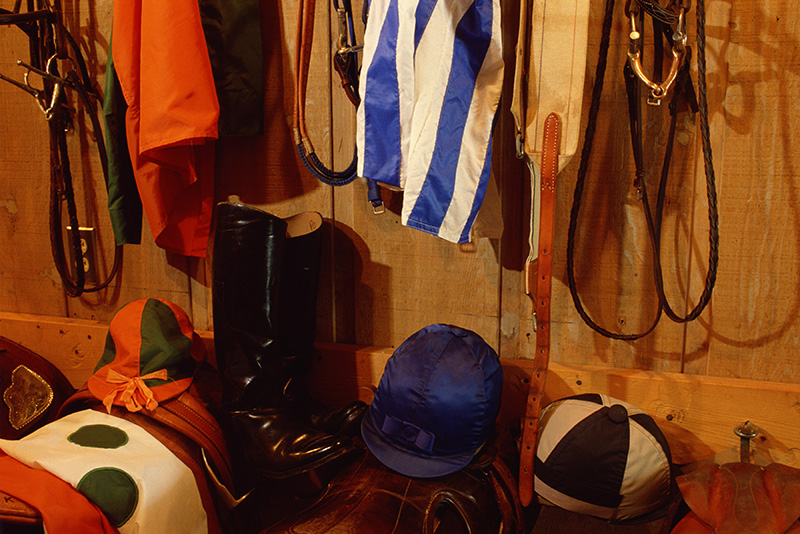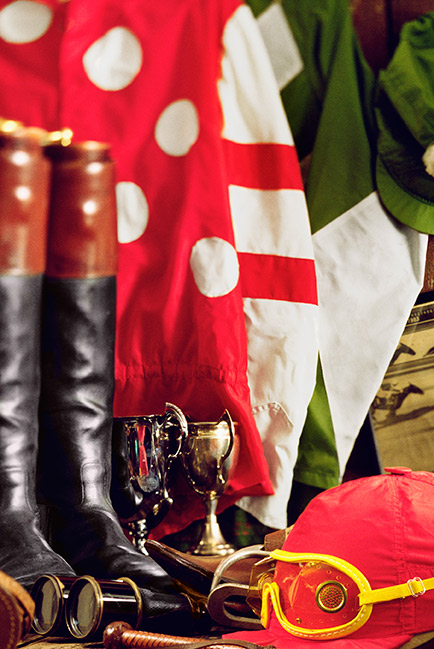
Racing tack is unique in a number of ways. First, it is designed to be as lightweight as possible, in order to give the horse a competitive advantage. Second, it is made from durable materials that can withstand the rigors of racing. Third, it is designed to be comfortable for the horse and the jockey.
Here are some specific examples of how horse racing tack is unique:
- Saddle: The racing saddle is designed to be as lightweight and aerodynamic as possible. It is also designed to provide the jockey with a secure seat, even at high speeds.
- Bridle: The racing bridle is made from lightweight materials and has a minimalist design. This helps to reduce weight and drag, and it also provides the jockey with a clear view of the track ahead.
- Bit: The racing bit is designed to give the jockey maximum control over the horse. It is also designed to be comfortable for the horse, so that it does not interfere with its breathing or performance.
- Shoes: Racing shoes are made from lightweight materials and are designed to provide the horse with maximum traction. They are also designed to be durable and to protect the horse's hooves from injury.
In addition to the standard tack, racehorses also wear a number of other specialized pieces of equipment, such as:
- Blinkers: Blinkers are used to prevent the horse from being distracted by its surroundings.
- Hoods: Hoods are used to calm the horse and to prevent it from seeing other horses in the race.
- Shin boots: Shin boots are used to protect the horse's shins from injury.
- Bell boots: Bell boots are used to protect the horse's hooves from injury.
Horse racing tack is designed to be as lightweight, durable, and comfortable as possible, in order to give the horse and the jockey the best possible chance of winning.
Here are some additional unique features of horse racing tack:
- Racing silks: Racing silks are the brightly colored jerseys that jockeys wear. Racing silks are used to identify the horse that the jockey is riding and to add excitement to the race.
- Racing numbers: Racing numbers are the numbers that are displayed on the horse's saddle cloth and on the jockey's helmet. Racing numbers are used to identify the horse and jockey during the race and to help bettors place their bets.
- Horse weights: Some horse races have weight restrictions. In these races, the horse and jockey must weigh a certain amount. If the horse and jockey are underweight, they will have to carry additional weight in the form of lead weights.
Horse racing tack is a complex and specialized subject. There is a lot to learn about the different types of tack that are used, the materials that they are made from, and the way that they are designed to function.
Racing Tack
Racing Tack - Barrel Racing
Racing Tack - Flat Racing
































